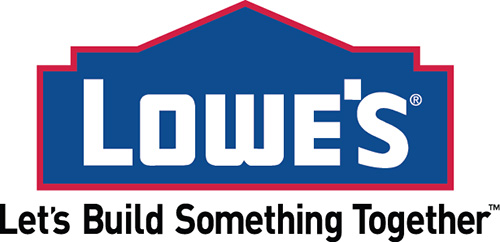I’ve written a lot about employee engagement on this blog — such as here and here — because it seems like a major topic of the next few years. Millennials will become the primary part of the workforce, and they want experiences instead of jobs — or so the narrative goes — and being able to do interesting, creative things that tether employees back to your org will be of increasing value.
The problem is this: there’s a collision of old school and new school. What I just described above is closer to new school. Old school says that jobs are jobs, organizations are organizations, and the point of business is to make money — employees? Pfft. They come and go. This is, psychologically, what happened to working, corporate ethos when “time with one organization” started coming down from 10 years to 3 years in the 1970s. It’s like when you get dumped by a girl. Pfft. She wasn’t that nice or attractive anyway. That’s how corporations started to view employees as employees stopped staying at places for a decade.
So a lot of times if you talk to an old-school manager about employee engagement, they think it’s a fad. (In some ways, they might be right. That’s not the point of this.) A big reason they’ll cite for the fad nature is “… it’s not tied to revenue.” Well, in fact it is tied to revenue — when people leave because they don’t like their job (i.e. aren’t engaged), that’s a hit to you in numerous ways — but let’s put that aside for a second.
How can you directly tie the idea of employee engagement back to revenue?
It’s hard, but Lowe’s — which actually has a fairly good track record around employee engagement — did just that. There’s a whole white paper-type thing around it, but consider this one simple part:
See? The difference between the highest and lowest engaged store — conservatively — was $1 million. That’s for a single store, across 365 or so days. That’s like $2,740 a day! That’s a lot of nails and wood.
Simple theorem here, then:
Focus on employee engagement models (the best ones for your org) =
Happier employees who want to work harder =
Upselling, going the extra mile =
More money for all on the back end.
A bit simplistic, but not completely off-base.
Embrace the idea, friends. It’s the challenge of our time.


I love the statement in the white-paper:
Lowe’s understood employees are critical to competitive advantage, and could not accept that people were the largest single most unmeasured asset.
There is so much to be gained from smart measurement of data in organizations.
Throwing in a personal pitch, if more managers had basic coaching training as well, this could drastically transform how they interact with their employees, changing the relationship from an often antagonistic one (just do what I told you), to one where the growth and development of the employee would be the long term focus. Just that change alone would drastically change employee engagement.